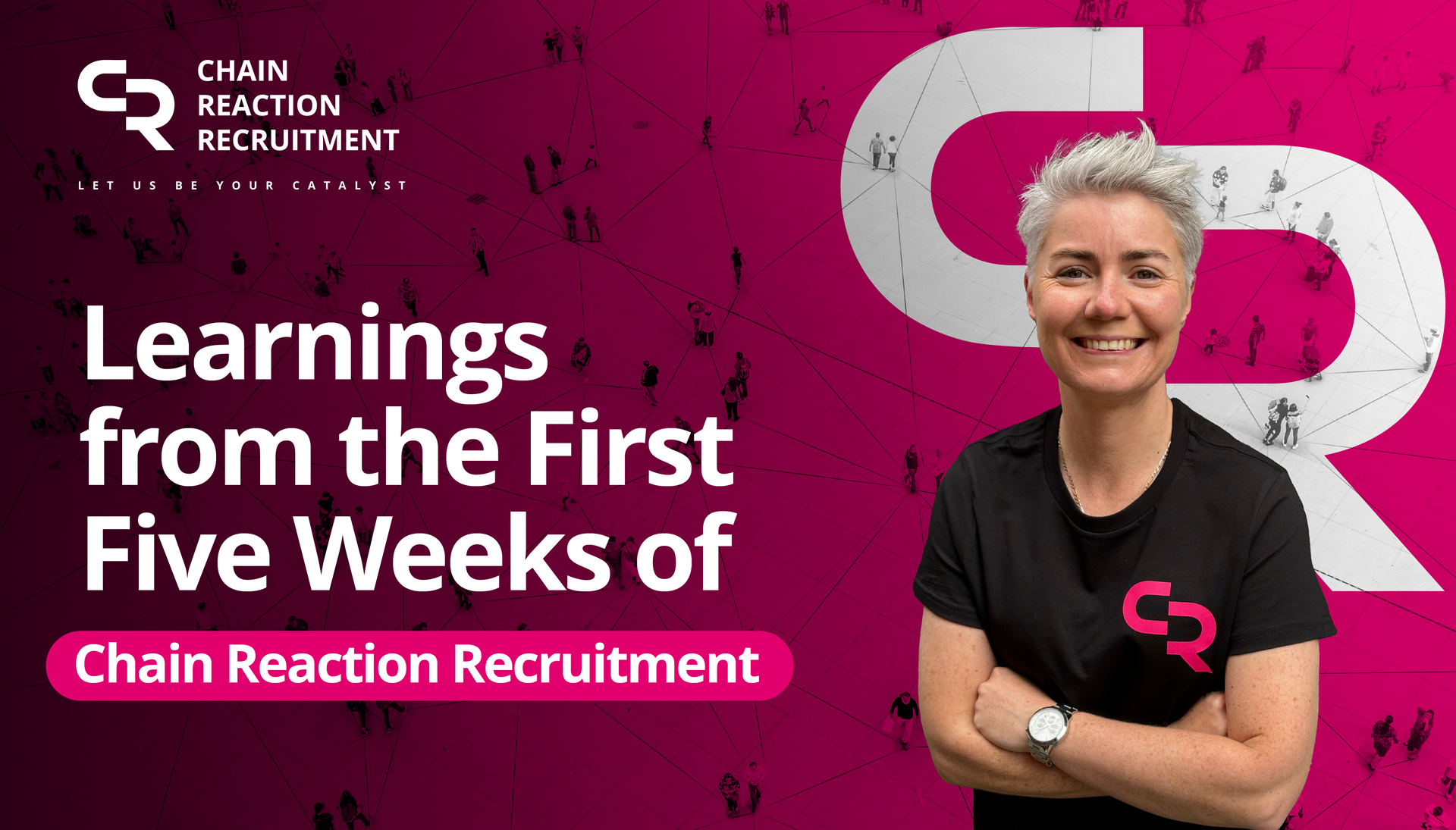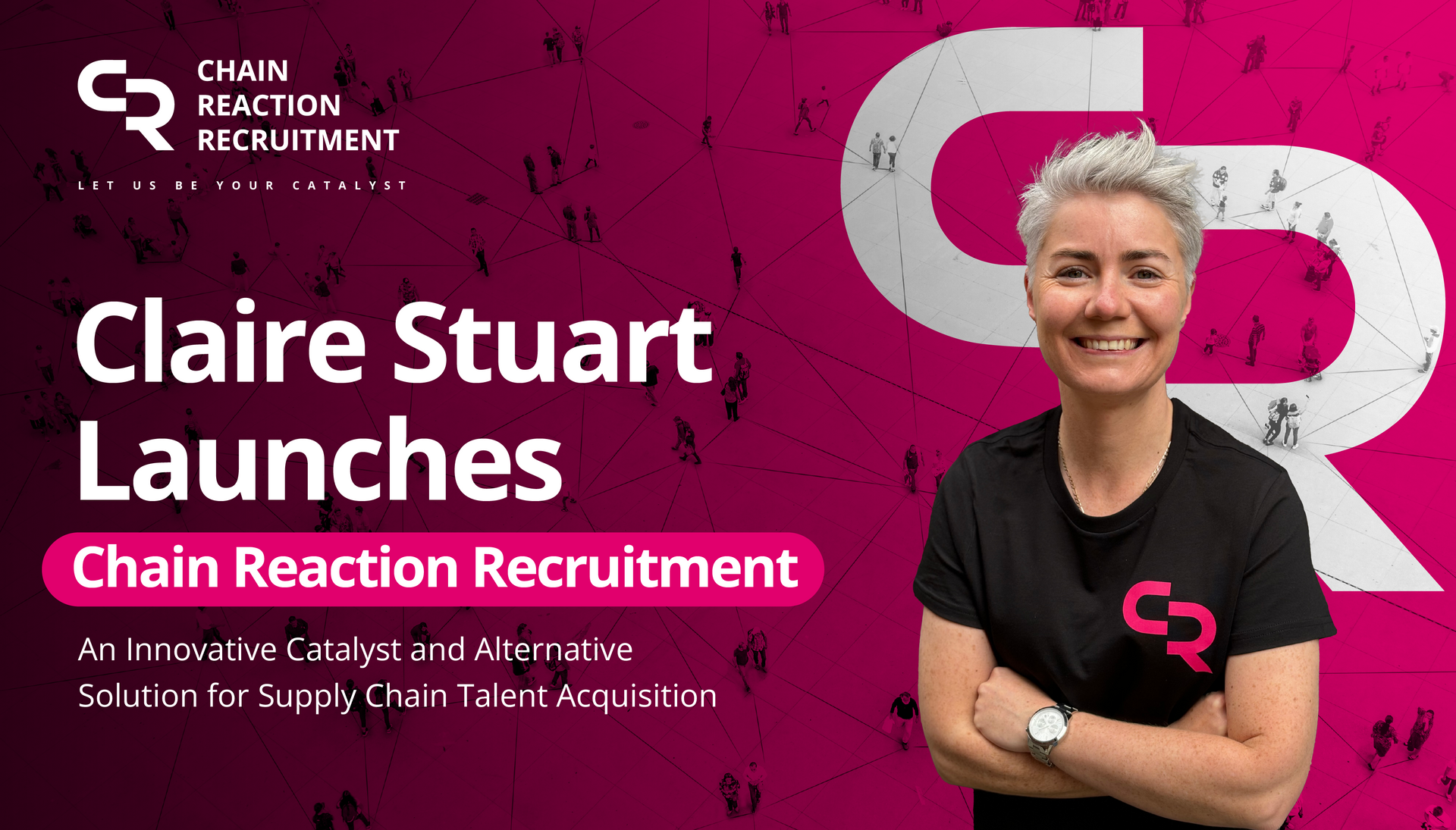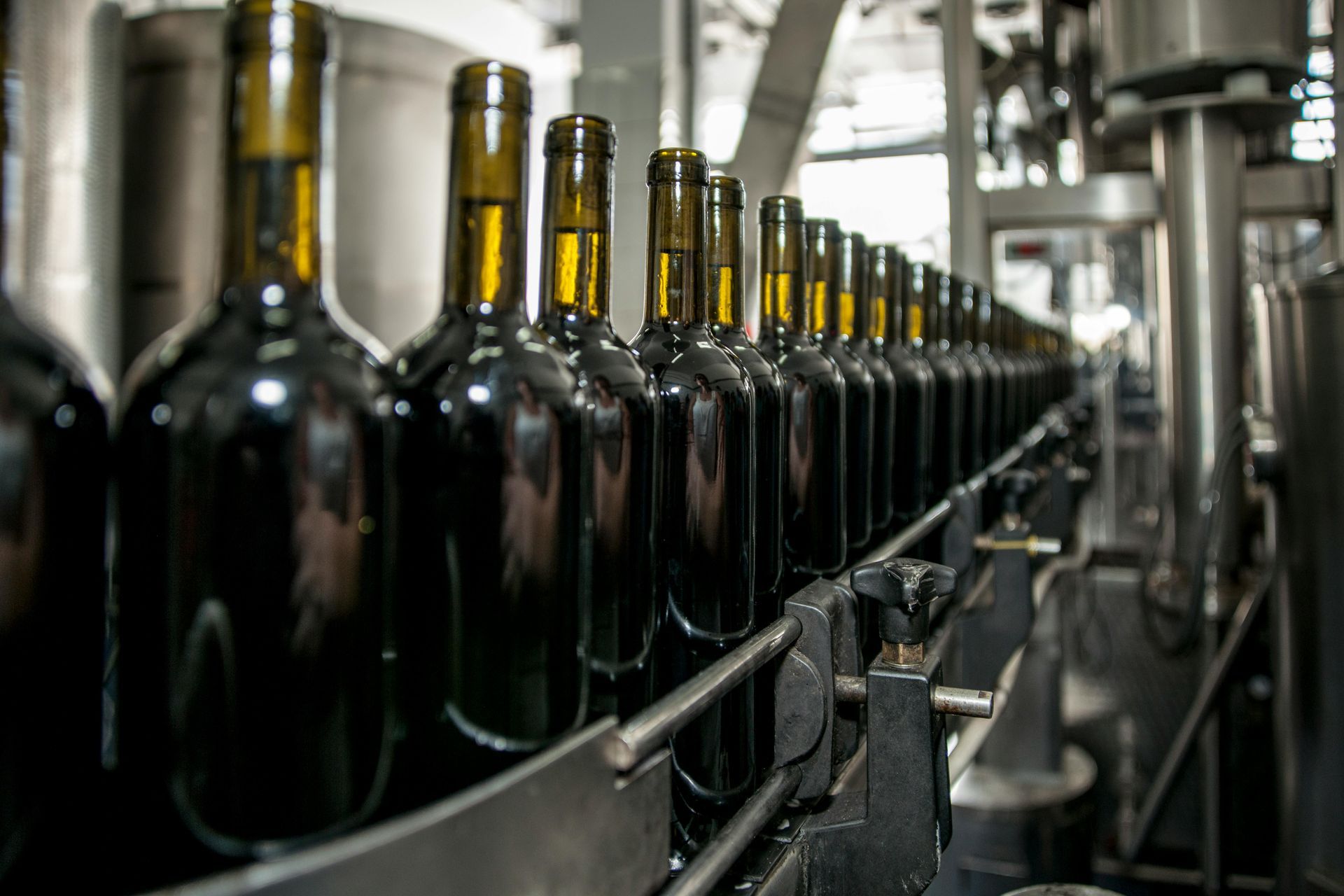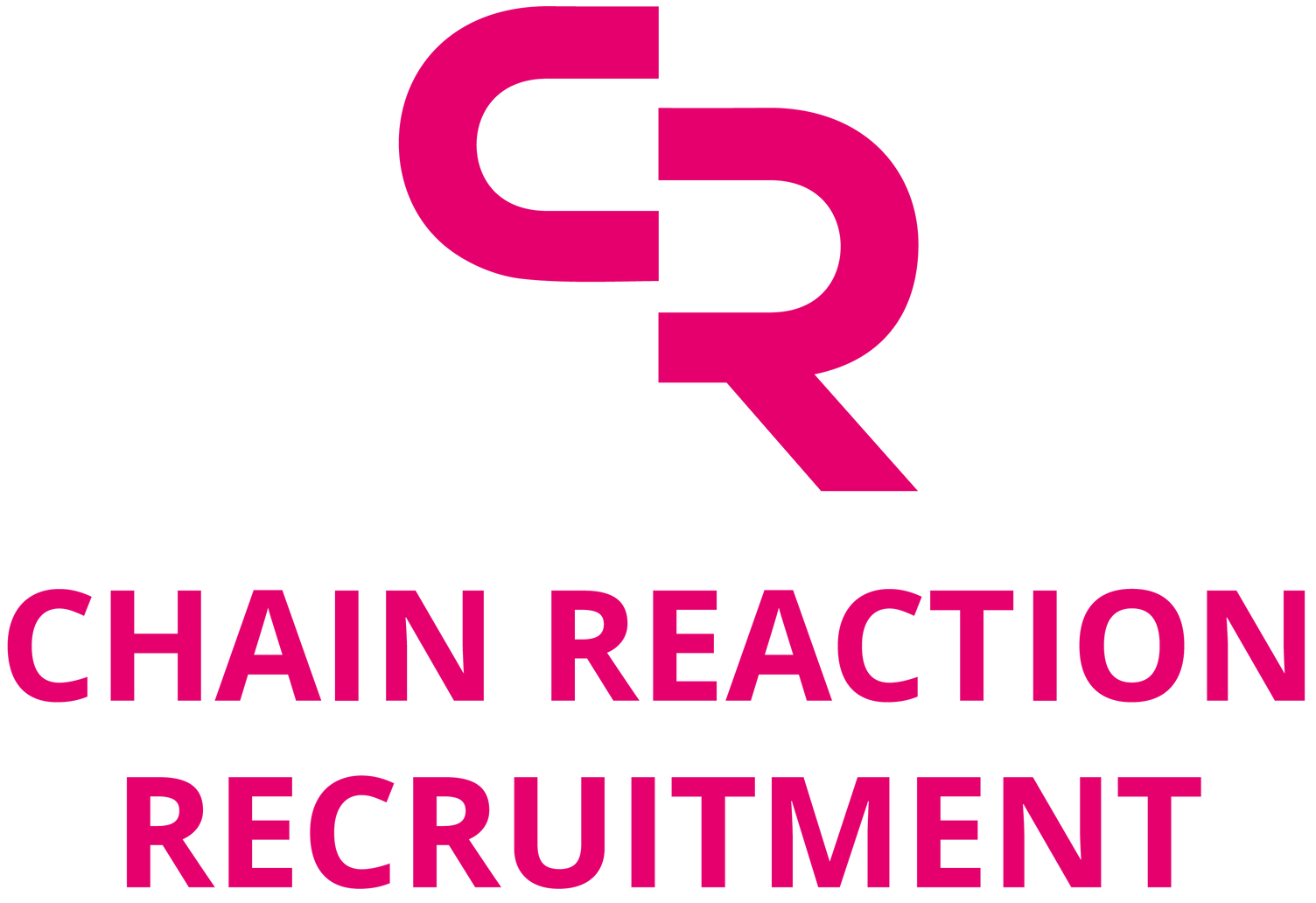By Claire Stuart
•
October 18, 2024
As a result of Covid-19, the volatility in demand and expectations from the consumer has led organisations to really consider their position – do they off-shore or on-shore their manufacturing? Off-shoring refers to moving production to foreign countries, often to take advantage of lower labour costs, while on-shoring brings manufacturing back to the company’s home country, often for reasons such as proximity to customers, reduced transportation times, and better quality control. Both approaches have their advantages and disadvantages, and choosing the right path depends on a company’s objectives, risk tolerance, and market demands. In this blog, we will explore the pros and cons of off-shoring and on-shoring manufacturing to help you make informed decisions for your Supply Chain strategy. Off-Shoring Manufacturing: Pros and Cons Pros of Off-Shoring Manufacturing Cost savings on labour and production One of the biggest drivers of off-shoring is the opportunity to reduce production costs, especially when manufacturing in countries with significantly lower wages than in developed economies. By off-shoring to regions like Asia or Latin America, businesses can leverage cheaper labour and materials to lower their overall cost of goods sold. Example: Manufacturing in China, Vietnam, or Mexico can provide significant cost advantages in industries such as electronics, textiles, and consumer goods. Access to specialised skills and expertise Many countries have developed strong expertise in specific manufacturing sectors, making off-shoring an attractive option for companies looking to tap into specialised skills, technology, or high-quality production processes that may not be as advanced in their home country. Example: Countries like Taiwan and South Korea have become leaders in semiconductor and electronics manufacturing, offering highly specialised capabilities. Scalability Off-shoring often allows businesses to scale up their operations quickly due to the availability of large workforces and established manufacturing hubs in countries with lower production costs. Companies can quickly ramp up production without the significant capital investment required in their home country. Proximity to emerging markets By off-shoring manufacturing, companies can also position themselves closer to emerging markets, such as Asia or South America, where demand for products is growing rapidly. This can reduce transportation costs to these markets and allow businesses to respond faster to local customer demand. Cons of Off-Shoring Manufacturing Supply Chain complexity and longer lead times Off-shoring introduces geographical distance and increased complexity to Supply Chains. This can result in longer lead times for products to reach their destination, which can be a major disadvantage, particularly in industries with fast-moving demand or short product life cycles. Increased risk of disruptions Off-shoring manufacturing exposes companies to potential disruptions such as natural disasters, geopolitical tensions, trade disputes, and transportation delays. For example, the Covid-19 pandemic severely impacted global Supply Chains, highlighting the vulnerabilities of relying too heavily on offshore production. Quality control challenges Managing quality across geographically distant suppliers can be difficult. While some offshore locations have high standards, others may lack the same quality control processes, leading to production defects or inconsistency in product quality. Communication barriers and time zone Differences Off-shoring can create communication challenges due to language barriers and time zone differences. These obstacles can slow down decision-making processes, lead to misunderstandings, and make it harder to implement changes swiftly. Ethical and sustainability concerns Off-shoring to countries with lower labour costs can raise concerns about labour practices, environmental standards, and working conditions. Companies are increasingly under scrutiny from consumers and regulators to ensure ethical and sustainable practices across their supply chains. On-Shoring Manufacturing: Pros and Cons Pros of On-Shoring Manufacturing Reduced lead times and faster delivery On-shoring allows businesses to keep production closer to their end customers, resulting in shorter lead times and faster delivery. This is particularly important in industries that rely on just-in-time (JIT) manufacturing or in cases where companies want to be more responsive to shifting consumer demand. Enhanced quality control By on-shoring manufacturing, companies have greater oversight and control over their production processes. This leads to improved quality assurance and the ability to quickly address any issues that arise during production, reducing the risk of defects and product recalls. Lower transportation costs On-shoring reduces the need for long-distance transportation, cutting down on shipping costs, fuel expenses, and import duties. This is especially beneficial for large or heavy products that are expensive to ship across oceans. Mitigation of Supply Chain disruptions Bringing manufacturing closer to home reduces exposure to risks such as global Supply Chain disruptions, trade tariffs, and political instability. It creates a more resilient supply chain that is less reliant on international logistics and less vulnerable to external shocks. Support for domestic jobs and local economies On-shoring helps create jobs in the home country, boosting the local economy and contributing to national industrial capacity. It also enhances a company’s reputation by showcasing its commitment to supporting domestic manufacturing and reducing its carbon footprint. Sustainability and corporate responsibility On-shoring often allows for higher environmental standards and ethical labour practices, which can be a significant advantage for companies that prioritise corporate social responsibility (CSR). Consumers are increasingly seeking out products that are made locally and sustainably, which can be a key differentiator in the marketplace. Cons of On-Shoring Manufacturing Higher labour and production costs The most significant disadvantage of on-shoring is the higher cost of labour and production in developed countries. Wages, benefits, and regulatory compliance costs (such as health and safety standards) are much higher in regions like North America and Europe compared to many off-shore locations. Example: Manufacturing in the United States or Western Europe can be 2-3 times more expensive than in low-cost countries such as China or India. Limited access to skilled labour In some cases, the home country may lack the specialised skills or labour force needed for specific types of manufacturing, particularly in high-tech or specialised industries. This can make it difficult for companies to compete globally if they do not have access to the right talent. Capacity constraints On-shoring may limit a company’s ability to quickly scale up production, particularly if there are labour shortages or constraints on manufacturing capacity. This can lead to higher costs and longer lead times during periods of high demand. Initial capital investment Moving manufacturing back on-shore often requires a significant upfront capital investment to build or upgrade production facilities, purchase equipment, and train the workforce. This can be a major barrier for businesses looking to shift their operations domestically. Making the Right Choice: Off-Shoring vs. On-Shoring The decision to off-shore or on-shore manufacturing depends on several factors, including cost structure, market proximity, supply chain resilience, and corporate values. Businesses should carefully evaluate their specific needs and objectives before choosing a path. Off-shoring may be the right choice for companies that prioritise cost savings, scalability, and access to specialised manufacturing capabilities. However, it comes with risks such as supply chain disruptions, longer lead times, and potential quality control issues. On-shoring, on the other hand, is an excellent option for businesses that value speed, quality control, risk mitigation, and sustainability. While it may be more expensive, on-shoring can lead to enhanced customer satisfaction, improved agility, and stronger alignment with corporate social responsibility goals. Ultimately, many companies are adopting a hybrid approach known as near-shoring, where they move manufacturing to a neighbouring country that offers some cost advantages while still providing the benefits of proximity and reduced lead times. This allows businesses to balance cost efficiency with supply chain resilience. Choosing between off-shoring and on-shoring manufacturing is a critical strategic decision that impacts the entire supply chain. Each option offers distinct advantages and challenges, and the right choice depends on your company’s goals, market conditions, and risk tolerance. By carefully weighing the pros and cons, businesses can craft a supply chain strategy that aligns with their long-term vision and market demands. Have you made the decision to off-shore or on-shore your manufacturing? Share your insights and experiences in the comments below!













